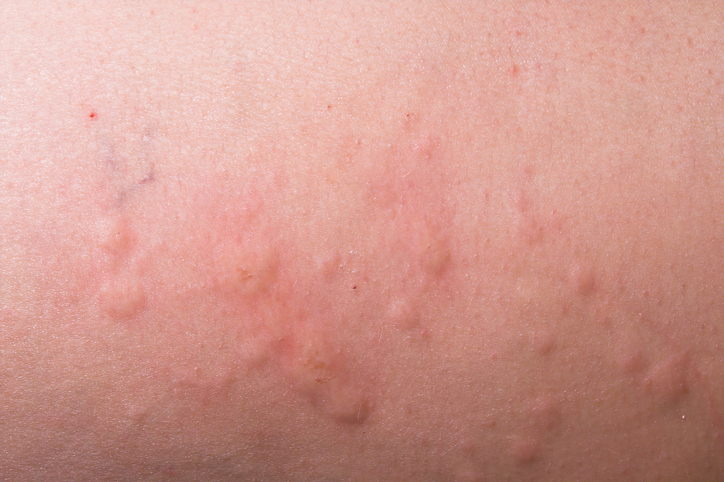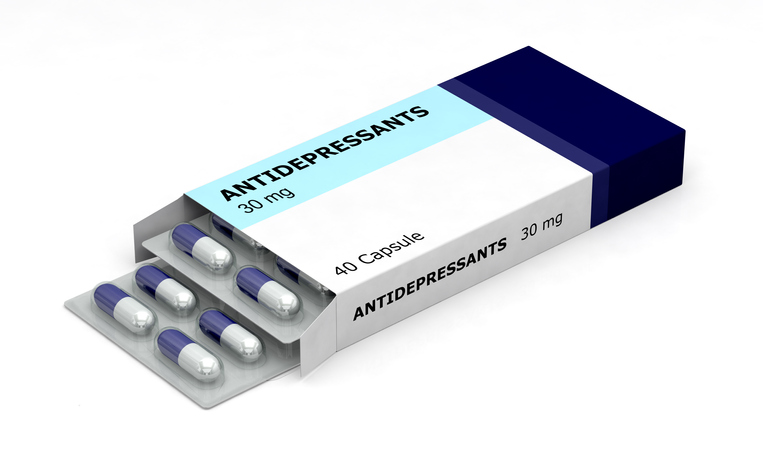Treatments
What Are Hives?

Hives, or urticaria, are raised dots or welts that form on the skin. They usually develop from an allergic reaction to food, medication, or an environmental trigger. Hives typically develop suddenly and are temporary (acute); they typically begin to fade within 6 to 24 hours, either on their own or with the help of an allergy medication. Acute episodes last less than six weeks. However, hives can also be chronic, which means they last longer than six weeks.
Signs and symptoms
Hives vary in appearance. They typically appear in batches and range in color from red to pink or the same color as the skin. When pressed, they may turn white at the center (blanching). Hives also range from small to large and round to random-shaped and may change in shape or grow in size.
Hives are also unpredictable. They can disappear in one location on the body, only to reappear in a different location.
Hives are usually itchy. They may also burn or sting. In some cases, they may accompany signs of a serious allergic reaction, such as difficulty breathing, which requires emergency medical treatment.
Causes
Hives are most commonly caused by an allergic reaction. When an allergic reaction occurs, the body’s immune system releases the chemical histamine into the blood to protect itself against a substance it deems harmful, such as certain foods, medications, pollen, animal dander, or insect bites. In some cases, this flood of histamine causes hives.
Hives can also develop absent of an allergic reaction. Stress, tight clothing, illness, infections, or excessive exposure to extreme temperatures can also cause hives. The cause of hives may also be idiopathic (unknown).
Risk factors
Factors that increase the risk of developing hives include the following:
- Allergies to foods, medications, pollen, or other substances
- Current illness or infection
- The use of certain pain-relieving medications, such as morphine, codeine, aspirin, or nonsteroidal anti-inflammatory drugs (NSAIDs)



















